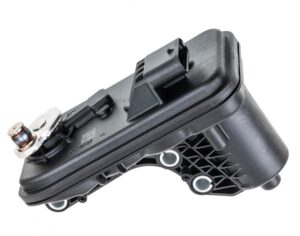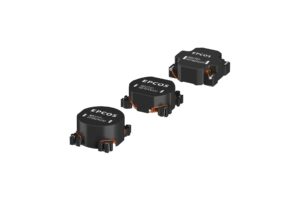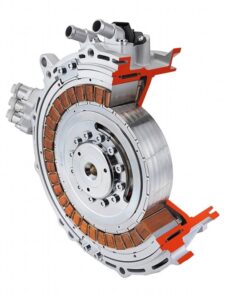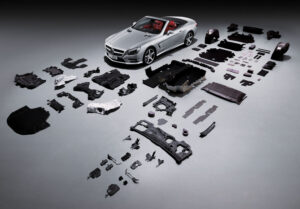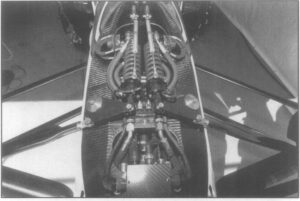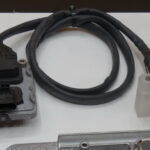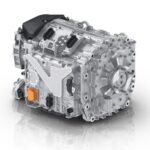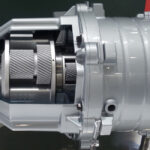
In any internal-combustion engine, there is a tiny gap between its piston and the cylinder containing it, from which high-pressure exhaust steam from the combustion stroke and unburned mixture leak into the crankcase. Such gas, called blow-by gas, causes air pollution. This is why recent cars are required to have a closed crankcase to keep such gases, and use a reducing device to return internally accumulating gas to the inlet pipe, thereby to mix the gas with newly inspired air, and send the mixture into the combustion chamber again.
In North America, meeting the requirements of the On-Board Diagnostics II (OBDII) of the California Air Resources Board (CARB), the world’s strictest rules of their kind, requires a car to have a blow-by gas leak diagnosis function installed, and the above product is the industry’s first model to satisfy those needs.
This product, which is connected to a breather hose that reduces blow-by gas, is used to block a gas passage during a leak diagnosis. Thus, measuring the pressure inside the engine, including the breather hose, enables a diagnosis to see if blow-by gas is leaking to the outside.
The inside of the blow-by gas passage of this and other products requires high reliability, as it is subject to harsh environments caused by, for example, the retention of unburned gas, engine oil, etc., and low temperatures. In that regard, Nidec Power Train Systems, a long-time developer and manufacturer of transmissions and engine solenoid valves, successfully utilized its knowhow to develop this new product.

